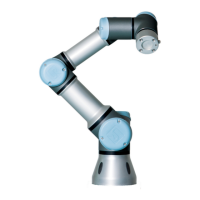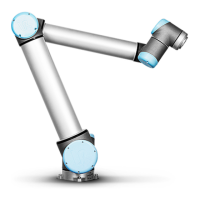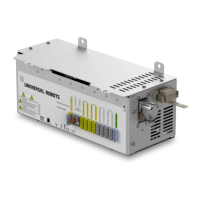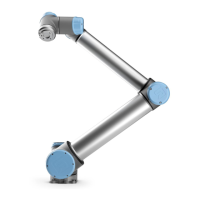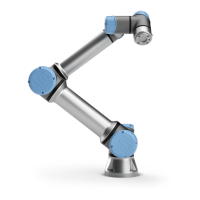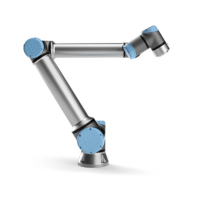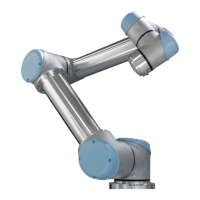1. Plate Calibration
1.5.1 Calibration Statistics
An example of the printed statistics:
1 ##############
2 I: 118
3 m: 0.000292995
4 Measurement data[20] error:
5 Mean: pos[m] ( 0.000175164, 0.000134324, 0.00027655 ) rot[rad] ( 0.00348157 )
6 StdDev: pos[m] ( 0.000218127, 0.000201774, 0.000344546 ) rot[rad] ( 0.00428109 )
7 Max: pos[m] ( 0.000518104, 0.000596791, 0.000853992 ) rot[rad] ( 0.00936474 )
8 Q range: [ 10.3565, 2.10395, 4.97534, 4.41847, 6.28554, 0.478753 ]
9 Evaluation data[6] error:
10 Mean: pos[m] ( 0.000171146, 0.00019818, 0.000210623 ) rot[rad] ( 0.00212999 )
11 StdDev: pos[m] ( 0.000221324, 0.00023433, 0.000267463 ) rot[rad] ( 0.00274118 )
12 Max: pos[m] ( 0.000405676, 0.000459457, 0.000443527 ) rot[rad] ( 0.00568077 )
13 Q range: [ 10.4986, 1.73156, 4.66844, 4.85263, 3.14473, 0.479093 ]
Listing 1.1: Example of printed statistics for a partially calibration
Explanation of line number:
1: This line is used to indicate that the calibration is running. Not important.
2: The number of used iterations finding the solution. Not important.
3: The sum of the calibrations residual error. Not important for the normal user.
4
to
8
: The statistics for the positions used in the calibration. In this case the calibration is based on 20
positions.
9
to
13
: The statistics for the positions reserved for evaluation only. In this case 6 positions. If there is a
large difference between the results of the evaluation and the measurement data, the calibration was not
successful and the positions needs to be verified.
5 and 10: The mean error. First with position error as a vector(x,y,z) followed by the rotation error.
6 and 11: The standard deviation of the error. It is formatted like the mean error.
7 and 12: shows the maximum error in the data. It is formatted like the mean error.
8
and
13
: is the range of the used robot configuration. The range gives an indication of how well the
measurements are distributed.
The printed statistics is also saved in calibration.log file.
1.5.2 Debugging
To pinpoint the source for the maximum error, each position’s contribution to the residual error is displayed in
the position property screens, see Figure 1.6.
(15)
If the evaluation was not successful: Examine that the correct coordinates were used in the defined
calibration points.
(16) If the configuration is too monotone: Add additional positions.
1.5.3 Applying the Calibration
When a satisfied calibration has been obtained it is recommended to try the new parameters before they are
stored permanently.
(17) Try the new calibration without saving them as the default by press "Use Calibration", see Figure 1.11.
The current default kinematics can be reloaded with the "Reload default". This button is not a "load factory
default" button. So please be aware of the quality of the calibration before applying them as permanently.
(18) The found parameters can be viewed in the "Parameter overview" tab, see Figure 1.12.
(19) Save the calibration for future use by pressing "Save as default", see Figure 1.11.
(20) The Robot is know calibrated.
7

